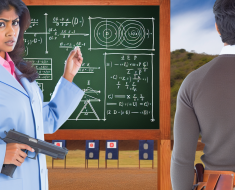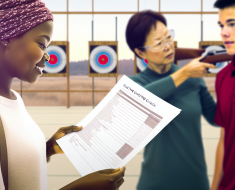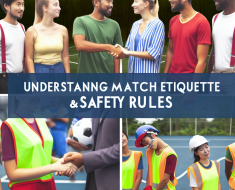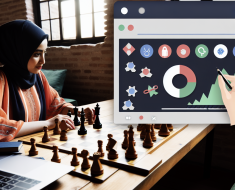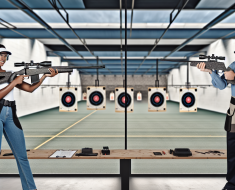Choosing the Perfect Shooting Glasses for Competition
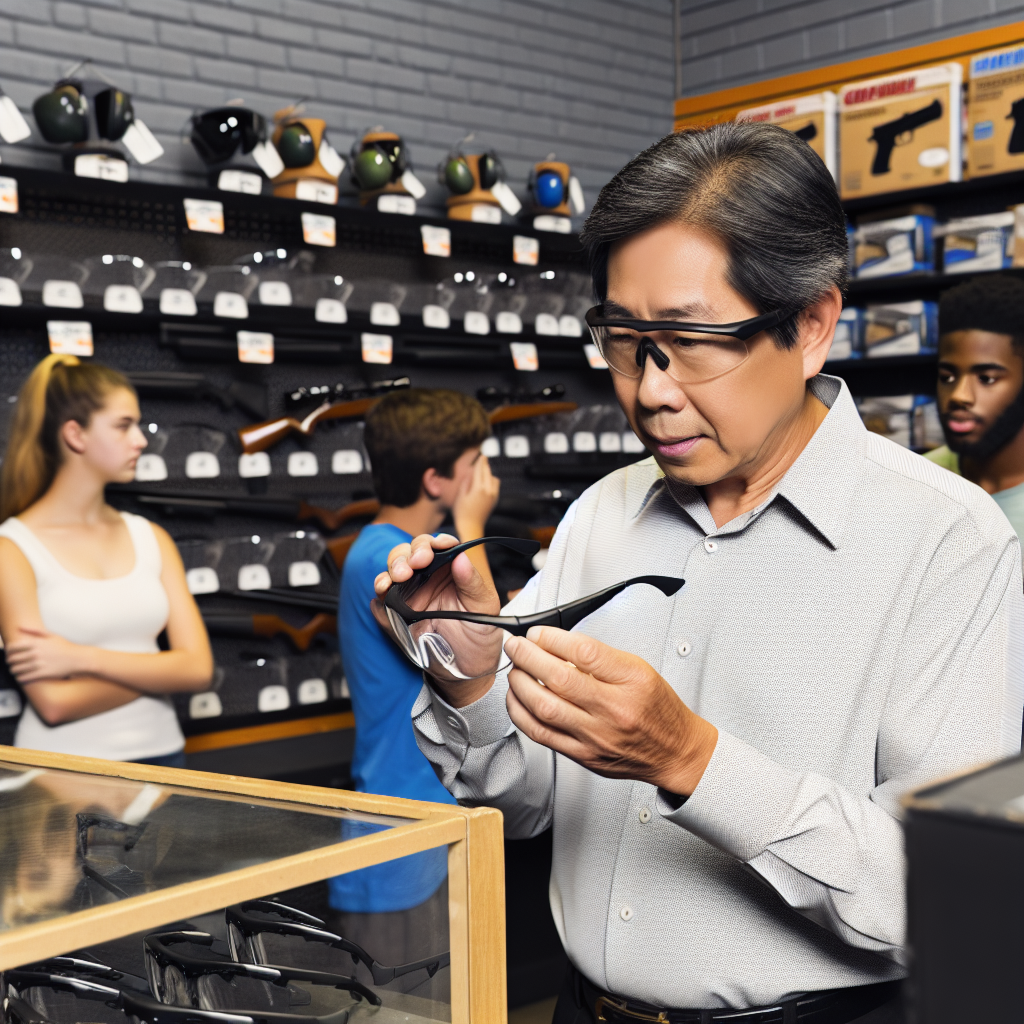
When it comes to competitive shooting, precision and safety are paramount. While many shooters focus on honing their skills and upgrading their firearms, the importance of quality shooting glasses often goes underestimated. The right pair of shooting glasses can significantly enhance performance, protect your eyes from hazards, and reduce fatigue during long competitions.
This comprehensive guide explores everything you need to know about choosing the perfect shooting glasses for competition. From understanding the key features to analyzing lens colors and coatings, we’ll provide valuable insights supported by expert opinions and relevant studies to help you make an informed decision.
Why Shooting Glasses Are Essential for Competitive Shooters
Shooting glasses are not just protective gear—they are a vital tool that contributes directly to accuracy and comfort. In competitive environments where milliseconds matter, every advantage counts.
- Eye Protection: The most obvious function is safeguarding your eyes against flying debris, powder burns, and accidental ricochets. According to the National Institute for Occupational Safety and Health (NIOSH), eye injuries in shooting sports can be severe without proper protection.
- Enhanced Visual Clarity: High-quality lenses reduce glare and improve contrast, helping shooters distinguish targets quickly and clearly.
- Reduced Eye Fatigue: By filtering harmful UV rays and minimizing glare, shooting glasses can help shooters maintain focus over extended periods.
- Improved Focus and Target Acquisition: Specialized lens tints can enhance contrast on various backgrounds—whether in indoor ranges or outdoor competitions—boosting reaction times.
A study by the Journal of Sports Sciences (2020) found that shooters using optimized eyewear experienced a 15% improvement in target acquisition speed compared to those with standard clear lenses. This underscores how critical the choice of glasses is beyond mere protection.
Key Features to Look for in Competition Shooting Glasses
Selecting the ideal shooting glasses involves understanding specific features that cater to your needs during competition. Here are the essential characteristics to consider:
- Lens Material: Polycarbonate lenses are widely regarded as the best choice due to their impact resistance, light weight, and optical clarity. Trivex lenses offer similar benefits with superior visual sharpness but may come at a higher price point.
- Frame Design: Frames should be lightweight yet durable. Wrap-around designs provide better peripheral protection without obstructing vision. Adjustable nose pads and temple arms ensure a secure fit during movement.
- Lens Coatings:
- Anti-fog coating: Prevents fogging caused by temperature changes or sweat—a common issue in fast-paced competitions.
- Anti-scratch coating: Maintains lens clarity over time despite frequent handling or cleaning.
- UV protection: Shields eyes from harmful ultraviolet rays during outdoor events.
- Interchangeable Lenses: The ability to swap out lenses based on lighting conditions is a major advantage for competitors who shoot in varying environments.
The International Practical Shooting Confederation (IPSC) recommends polycarbonate lenses with ANSI Z87+ certification for all sanctioned events, emphasizing the importance of certified impact resistance standards in protective eyewear.
The Science Behind Lens Colors: Choosing Based on Environment
The color of your shooting glasses’ lenses plays a crucial role in visual performance by enhancing contrast and reducing glare under different lighting conditions. Understanding which tint suits your competition environment will give you a competitive edge.
- CLEAR LENSES: Ideal for indoor ranges or low-light conditions where maximum light transmission is needed without color distortion. They offer basic protection while preserving natural vision.
- YELLOW/AMBER LENSES: Popular among shooters because they increase contrast and depth perception in low-light or overcast conditions. They filter out blue light which tends to cause haze, sharpening details on targets. A case study published by Optometry Today (2019) showed that yellow lenses improved hit rates by up to 12% in indoor settings with artificial lighting.
- BROWN/BRONZE LENSES: Versatile tints suitable for bright sunlight; these lenses enhance contrast against green foliage or earth tones commonly encountered in outdoor competitions like sporting clays or skeet shooting.
- GRAY/SMOKE LENSES: Provide neutral color perception while reducing overall brightness and glare under intense sunlight—ideal for daytime matches held outdoors on sunny days.
- POLARIZED LENSES: These reduce reflective glare from surfaces such as water or metal but are sometimes discouraged in competitive shooting because polarization may interfere with sight picture clarity through optics like red dot sights or scopes.
A practical approach many professional shooters take is maintaining a set of interchangeable lenses tailored for each lighting scenario, maximizing visual performance regardless of environment changes during tournaments.
Fit and Comfort: Why They Matter as Much as Protection
No matter how advanced the lenses or frame technology is, poorly fitting glasses will detract from your focus and performance during competition. Comfort influences concentration levels significantly—discomfort leads to distractions that can cost valuable points.
- <strong



